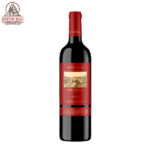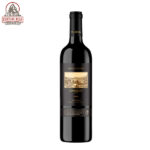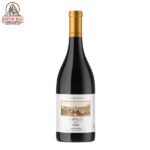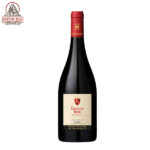Douro Valley
Long famous as the source of port wine, the Douro is now also renowned for its fine, rich unfortified wines, both red and white.
This is one of the wildest, most mountainous and rugged wine regions of Portugal, cut through in deep twists and turns by the River Douro. Defying gravity on the steep slopes along the banks of the river and its tributaries, the vines are planted in poor, schistous soils.
Man has engraved his own contours here – in the centre of the region, the historic, narrow, stone-walled vine terraces have been named a UNESCO World Heritage Site, while elsewhere, modern terraces are wider, buttressed by steep banks of earth.
The wine region follows the course of the river down from the Spanish border to a point near the town of Mesão Frio, about 90km up-river from the city of Porto (Oporto). Here the Serra do Marão rises up, protecting the region from the influence of the Atlantic Ocean.
Rain falls mainly on the western side of the Marão range, and to a certain extent in the western end of the Douro wine region, but dwindle further up-river, and by the Spanish border conditions are almost desert-like.
The Douro region is divided into three sub-regions: from west to east the Baixo Corgo, Cima Corgo and Douro Superior. The fertile, cooler, rainier Baixo Corgo, closest to the Serra do Marão, is the sub region with the most vineyards.
The Cima Corgo, including the towns of Pinhão, São João da Pesqueira and Tua, is the heartland of fine port production, also the source of many of today’s fine unfortified wines. The Douro Superior, very cold in winter, infernally hot in summer, is the biggest of the sub-regions (by no means all planted but much planting is underway).
The Douro has a huge selection of local grape varieties, and many vineyards of impressive, gnarled old vines that give small yields of rich, complex wine, whether for port or for unfortified wines. Dozens of different grape varieties may be mixed together in these old vineyards. In modern vineyards, vines are planted separately, and five grapes have been declared the top choice for port: Tinta Roriz, Touriga Franca, Touriga Nacional, Tinta Barroca and Tinto Cão.
Plantations of the red-juiced, high-acid Sousão, as known as Vinhão elsewhere, have increased recently. Another black grape much planted in older vineyards is Tinta Amarela (as known as Trincadeira). Amongst whites, notable grapes are Gouveio, Malvasia Fina, Moscatel, Rabigato and Viosinho. Some of these, from old, mixed-variety vineyards at high altitudes, are being used for a new generation of dry white wines.
Showing all 3 results








